


What is a volcano?
A volcano is an opening in the Earth's surface through which lava, volcanic ash, and gases escape. Ancient people believed that volcanoes were under the control of the gods. In fact, the word volcano comes from Vulcan, the Roman god of fire.
Currently there are about 1,500 potentially active volcanoes worldwide. 169 of these are in the United States.
Video courtesy of Spotmatik Ltd / ShutterstockVolcanic eruptions can cause death and widespread devastation. They can also bring benefits and provide:
- Valuable mineral deposits like gold, aluminium, and nickel.
- Nutrient-rich fertile soils from volcanic ash.
- Geothermal energy—much of Iceland’s energy comes from geothermal sources.
- Lava flows that create land—in 2018, a new island appeared off the coast of Hawaii as a result of lava from Kilauea eruptions.
Anatomy of a Volcano
All volcanoes have some things in common:
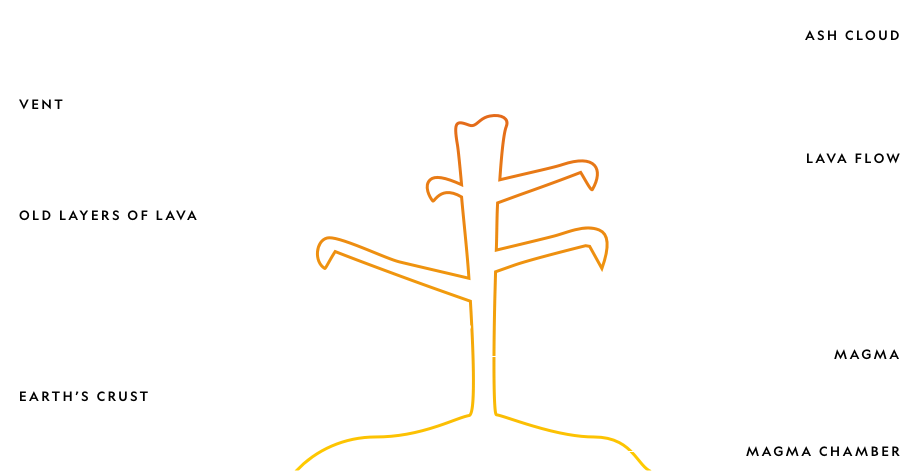
Did you know?
What is the difference between magma and lava?
- Magma is molten rock stored in the Earth's crust.
- Lava is molten rock that has reached the Earth’s surface through a volcanic vent.
Where volcanoes are found
The lithosphere is the outermost layer that surrounds the Earth. It consists of the crust and part of the mantle. This is broken into extremely large slabs called tectonic plates. For example, the North American Plate (includes most of North America, Greenland, and part of Siberia) is 75,900,000 square kilometers (29,305,000 square miles). These move around on the ductile layer beneath.
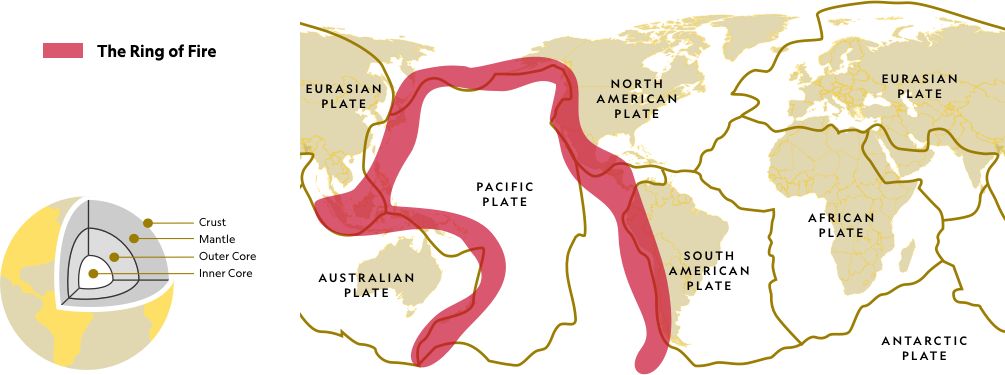
Look at the map above to see how the Earth’s surface is divided into seven major plates. Volcanoes are mostly (but not always) found where these tectonic plates meet, called the plate boundaries.
About 75 percent of the Earth’s active volcanoes are in the Ring of Fire. This 40,000-kilometer (25,000-mile) chain of volcanoes and seismically active sites circles the edges of the Pacific Ocean.
Video courtesy of National Geographic PartnersHow volcanoes form
We already know that volcanoes are formed mostly, but not always, at the boundaries of tectonic plates. Let’s look at the mechanisms behind this.
Types of volcano
Did you know?
Composite volcano eruptions are the most catastrophic. Lava pours out from fissures or cracks in the volcano's walls, strengthening the cone and forming a seal as it hardens. Pressure gradually builds up within the cone and the result is a violent explosion of pyroclastic material from the volcano's vents.
How volcanoes erupt
We know that volcanic eruptions can be
- fairly calm lava flows, calm enough for scientists to stand near and observe, or
- violently explosive, powerful enough to blow mountains apart.
What decides how violent the eruption will be?
This is decided by the physical properties of the magma:
- Viscosity: how thick or runny it is
- Gas contents: the amount of dissolved gas in it
Viscous magma
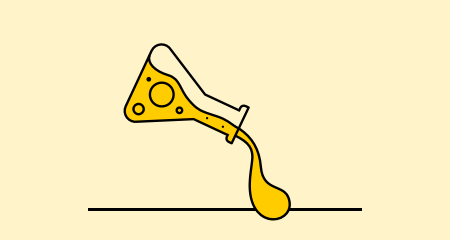
Viscosity describes how runny the magma or lava is. Viscosity is affected by the amount of silica (SiO2 also known as silicon dioxide) in the magma.
Silica molecules form long chains in the magma; these get tangled together, making it difficult for the magma to slide past itself. The more silica, the more viscous the magma, the slower it will move.
Dissolved gases
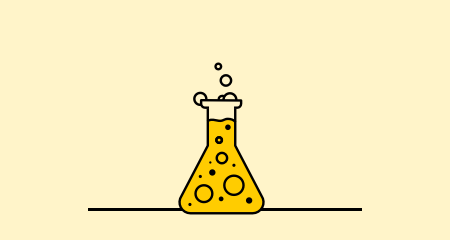
In the Earth's crust the magma is at a higher pressure than at the Earth's surface, so it is possible for gases (water vapour and carbon dioxide) to be dissolved in it.
As lava moves up towards the Earth's surface, the gas tries to escape because the pressure on it is decreasing. Think about what happens when you shake a bottle of soda!
Did you know?
The 1883 eruption of Krakatoa measured 6 out of 8 on the Volcanic Explosion Index with an estimated force comparable to 200 megatons of TNT (trinitrotoluene, an explosive). The atomic bomb that devastated Hiroshima had a force of 20 kilotons. Krakatau was nearly ten thousand times more explosive than the bomb.
Types of Eruption
The following summarizes how the properties of viscosity and the amount of gases dissolved in the magma control what kind of eruption happens and what kind of volcano results.
Select each eruption type to find out more about it.
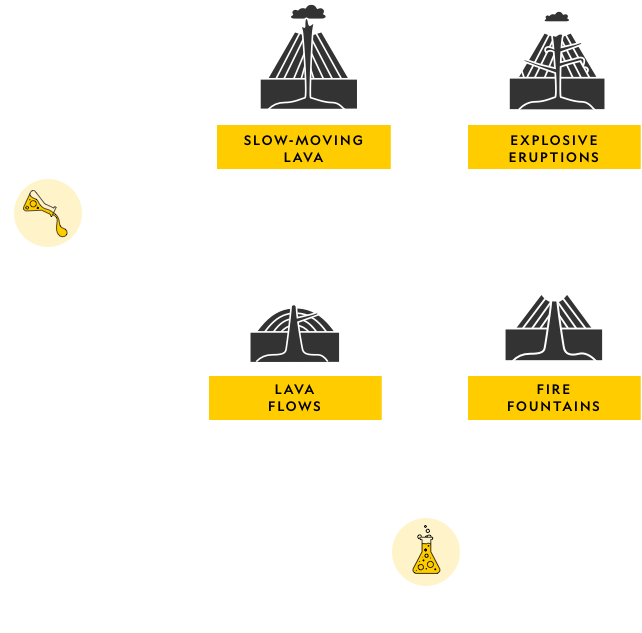

Fire fountains result in cinder cone volcanoes.
Low viscosity of magma
High dissolved gas
Fire-fountain spewing lava into the air
Explosive with fluid lava
Mount Etna lava fountains in October 2013.
Video courtesy of Wead / Shutterstock

Explosive eruptions result in composite or stratovolcanoes.
High viscosity of magma
High dissolved gas
Lava explodes out of the volcano
Explosive eruption with hard pyroclastic material (fragments of rock)
Eruption at Anak Krakatau volcano in afternoon light, Krakatoa, Indonesia, November 2010.
Video courtesy of James Reynolds / Getty Images

Lava flows result in shield volcanoes.
Low viscosity of magma
Low dissolved gas
Fast-moving streams of lava
Effusive with highly fluid lava flows
Video compilation from helicopter overflight of Kīlauea volcano's lower East Rift Zone on June 6, 2018, around 6:30 a.m. The fissure 8 lava fountain feeds a channelized lava flow that travels northeast around the Kapoho cone, then flows toward the south to enter the ocean at Kapoho Bay and Vacationland. The ocean entry has completely filled Kapoho Bay with lava, building a delta that extends 0.8 miles from shore.
Video courtesy of United States Geological Survey

Slow-moving lava results in lava dome volcanoes.
High viscosity of magma
Low dissolved gas
Slow-moving lava
Effusive, with slow-moving lava that piles up
The images that make up this movie were acquired by a time-lapse camera positioned on the southeastern rim of the Pu‘u ‘Ō‘ō crater, about 125 meters (137 yards) from the erupting vent, July 13, 2007. Lava can be seen occasionally overtopping levees that formed along the edges of the lava lake.
Video courtesy of United States Geological Survey

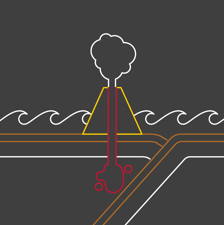
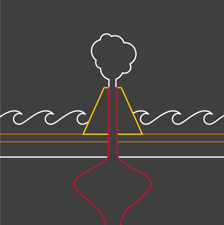
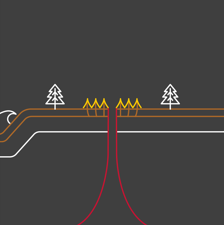
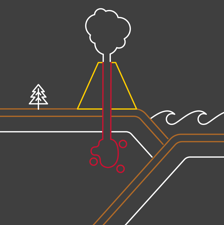
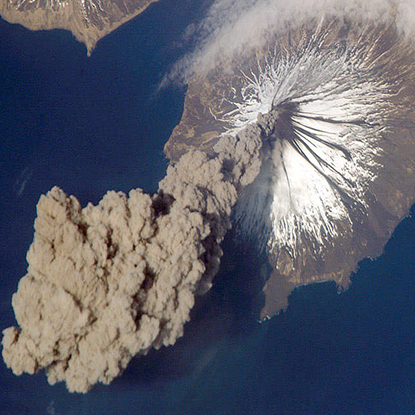
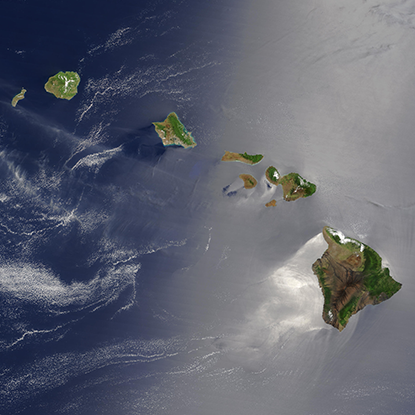
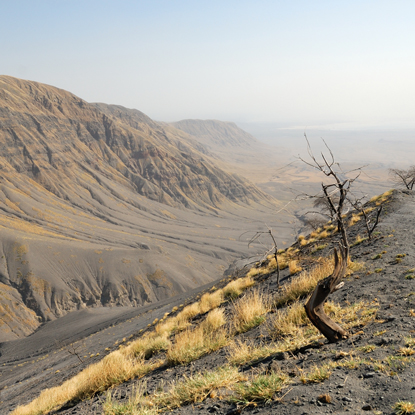
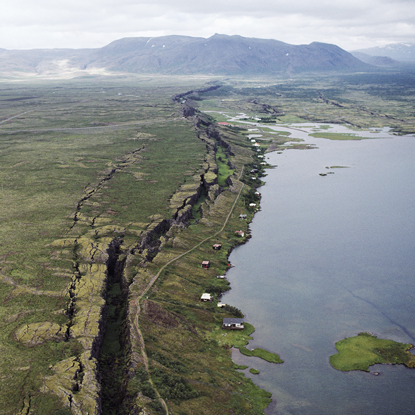
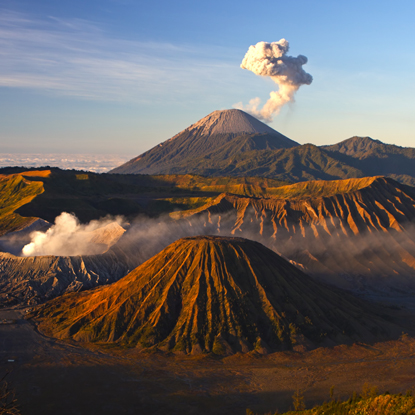

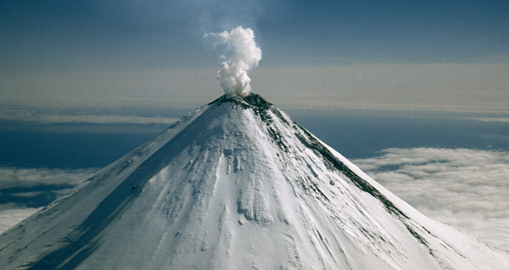 Photograph by J. Baylor Roberts
Photograph by J. Baylor Roberts
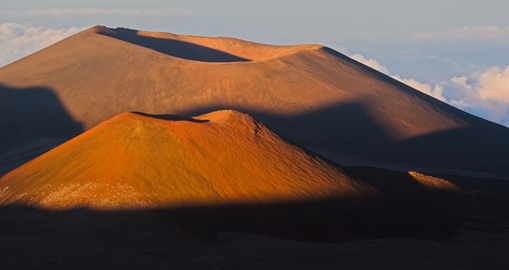 Photograph by Saro17 / Getty Images
Photograph by Saro17 / Getty Images

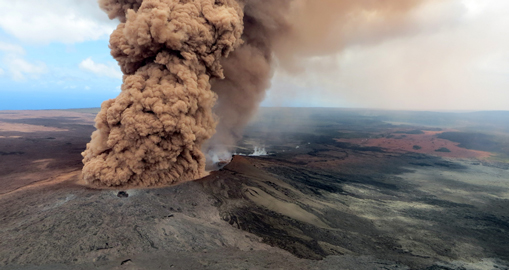 Photography by USGS / Getty Images
Photography by USGS / Getty Images
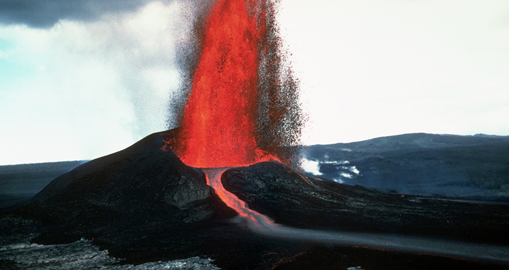 Photography by CORBIS / Getty Images
Photography by CORBIS / Getty Images

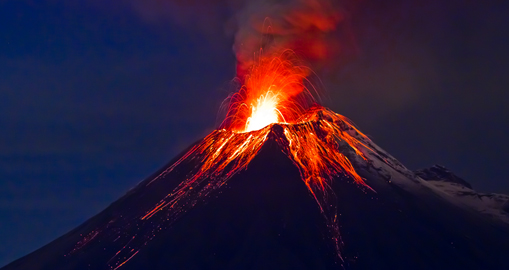 Photograph by pxhidalgo
Photograph by pxhidalgo
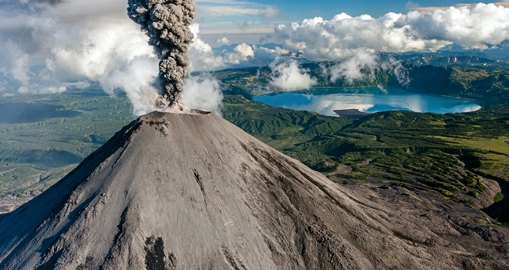 Photograph by Fomin Sergey / EyeEm
Photograph by Fomin Sergey / EyeEm

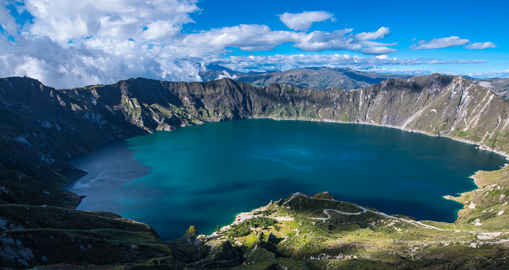 Photograph by Cavan Images
Photograph by Cavan Images
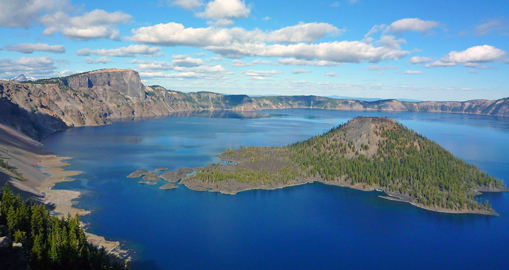 Photograph by National Parks Service
Photograph by National Parks Service

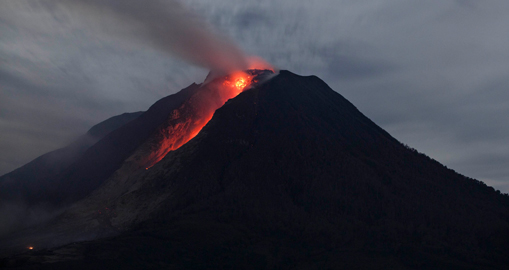 Photograph by Ulet Ifansasti / Getty Images
Photograph by Ulet Ifansasti / Getty Images
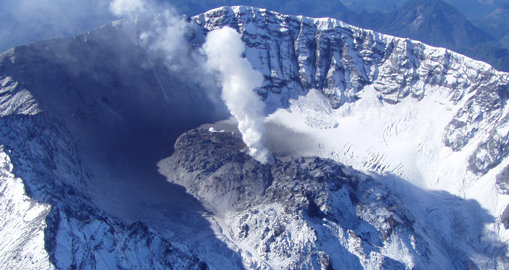 Photograph by Mike Poland / USGS
Photograph by Mike Poland / USGS

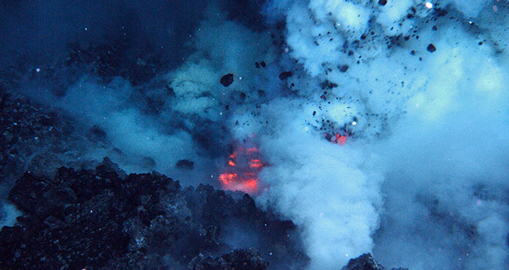 Photograph by NOAA / NSF / WHOI
Photograph by NOAA / NSF / WHOI
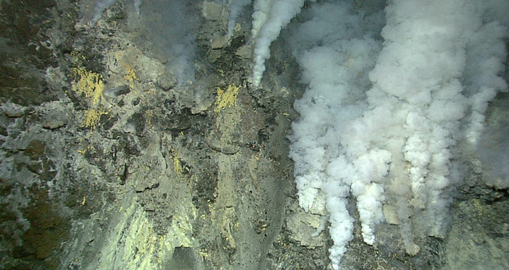 Photograph by NOAA Okeanos Explorer Program, INDEX-SATAL 2010
Photograph by NOAA Okeanos Explorer Program, INDEX-SATAL 2010

